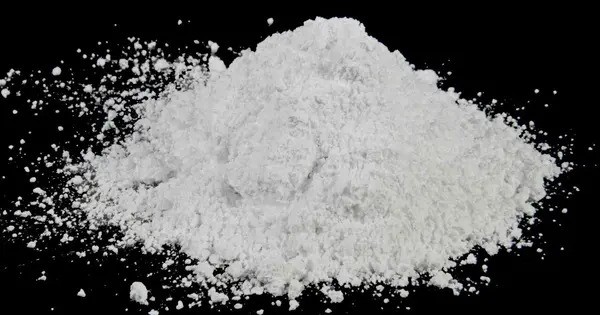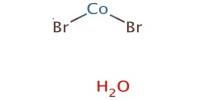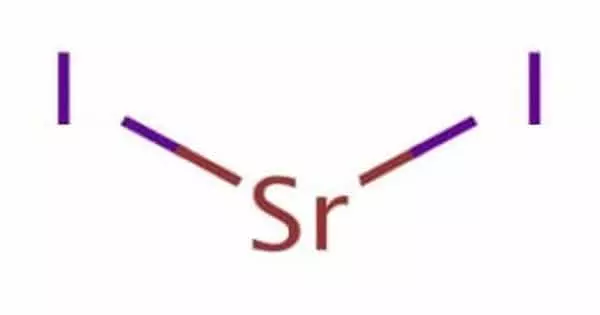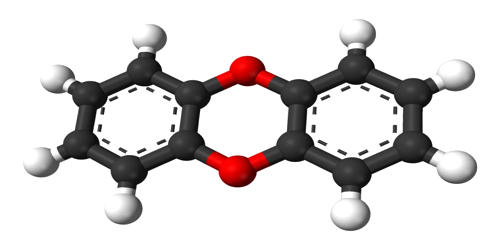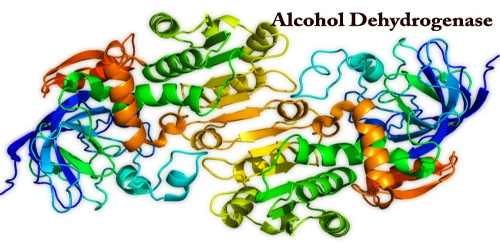Calcium monosilicide (CaSi) is an inorganic compound, a silicide of calcium. It is an inorganic compound consisting of calcium (Ca) and silicon (Si) in a 1:1 stoichiometric ratio. It can be prepared by reacting elemental calcium and silicon at temperatures above 1000 °C. It belongs to a class of compounds known as silicides, which are binary compounds of silicon with electropositive elements. It is a Zintl phase, where silicon has oxidation state −2 and covalence 2.
Properties
- Chemical formula: CaSi
- Molar mass: 68.164 g/mol
- Density: 2.39 g/cm3
- Melting point: 1,324 °C (2,415 °F; 1,597 K)
- Appearance: Grey to black crystalline solid
- Crystal structure: Orthorhombic (or hexagonal, depending on form)
- Density: ~2.5–3.0 g/cm³ (varies with structure)
- Melting point: ~1033°C (approximate, not precisely known)
- Electrical conductivity: Metallic or semimetallic
- Stability: Stable in dry air, reacts with water/acids
- Solubility: Insoluble in water; reacts slowly with moisture
Chemical Behavior
- Reactive with water and acids, producing hydrogen gas and calcium hydroxide or silane-type species.
- Forms ionic-covalent bonds, with Ca donating electrons to Si.
- Acts similarly to intermetallic compounds, showing metallic bonding and semiconducting properties.
Occurrences and Production
Natural Occurrence:
Very rare in nature, if at all.
Not found as a distinct mineral; primarily a synthetic or metallurgical compound.
Industrial and Laboratory Synthesis:
Produced by direct combination of elemental calcium and silicon at high temperatures:
Ca+Si→CaSi
Also formed as an intermediate phase during the production of calcium silicide (Ca₂Si, Ca₅Si₃, etc.), which is more common in industrial applications.
Uses and Applications
Though CaSi itself is not heavily used commercially, it is related to more common calcium silicides, which are used in:
Deoxidizers and desulfurizers in steelmaking
Alloy production in metallurgy
Pyrotechnics and initiators (through related Ca-silicon compounds)
